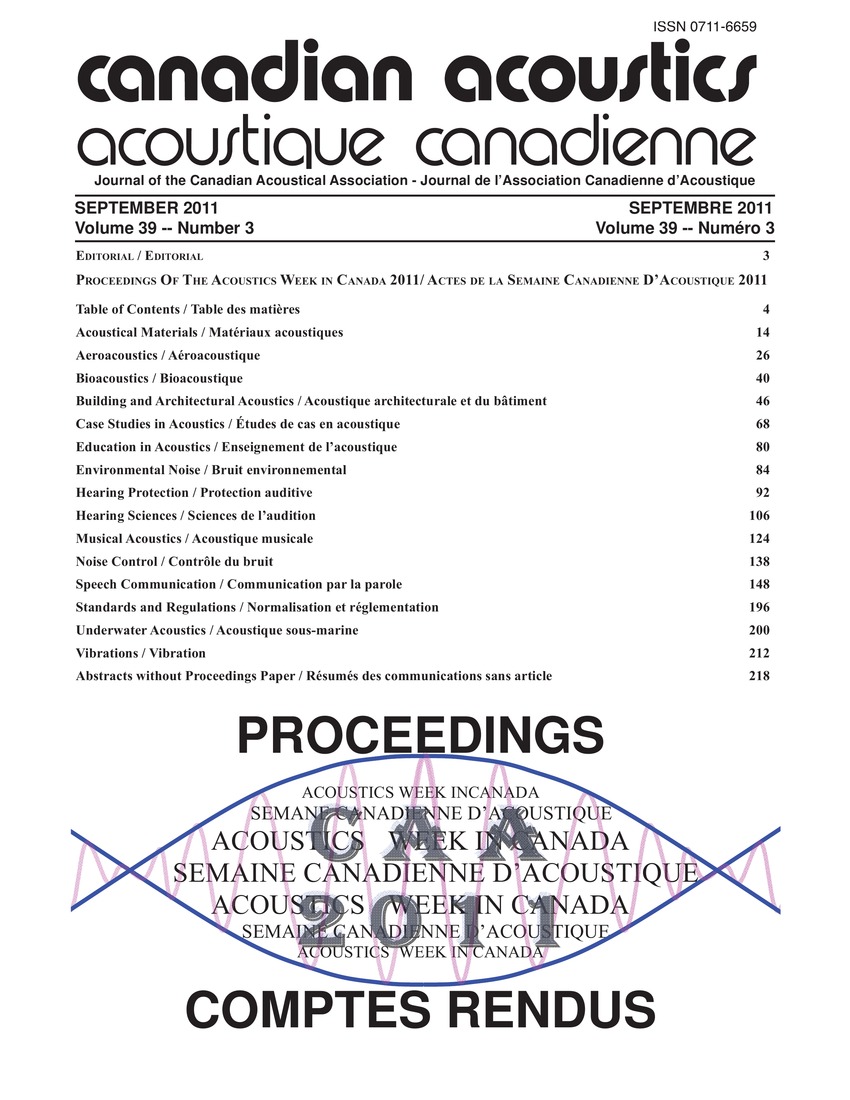Finding schwa: Comparing the results of an automatic aligner with human judgments when identifying schwa in a corpus of spoken French
Keywords:
Linguistics, Empirical data, Human judgments, Labor intensive, Linguistic data, Natural languages, Test researchAbstract
The article compares the results of an automatic aligner with human judgments when identifying schwa in a corpus of spoken French. The value in working with natural language corpora is the ability to collect large volumes of empirical data with which to test research hypotheses. The challenge is to generate these data quickly and accurately. Accumulating the linguistic data required to test and evaluate hypotheses can be a time consuming and labor intensive job. All data was systematically coded for presence or absence of schwa by trained researchers. The data was also time aligned at both the word and phone level by a forced aligner. The results of the two methods of coding were statistically compared to determine their level of agreement. Results show a significant correlation between the two methods and a high likelihood of overall agreement. Possible effects of dialect or phonetic context were investigated using a two-way, between subjects analysis of variance.Additional Files
Published
How to Cite
Issue
Section
License
Author Licensing Addendum
This Licensing Addendum ("Addendum") is entered into between the undersigned Author(s) and Canadian Acoustics journal published by the Canadian Acoustical Association (hereinafter referred to as the "Publisher"). The Author(s) and the Publisher agree as follows:
-
Retained Rights: The Author(s) retain(s) the following rights:
- The right to reproduce, distribute, and publicly display the Work on the Author's personal website or the website of the Author's institution.
- The right to use the Work in the Author's teaching activities and presentations.
- The right to include the Work in a compilation for the Author's personal use, not for sale.
-
Grant of License: The Author(s) grant(s) to the Publisher a worldwide exclusive license to publish, reproduce, distribute, and display the Work in Canadian Acoustics and any other formats and media deemed appropriate by the Publisher.
-
Attribution: The Publisher agrees to include proper attribution to the Author(s) in all publications and reproductions of the Work.
-
No Conflict: This Addendum is intended to be in harmony with, and not in conflict with, the terms and conditions of the original agreement entered into between the Author(s) and the Publisher.
-
Copyright Clause: Copyright on articles is held by the Author(s). The corresponding Author has the right to grant on behalf of all Authors and does grant on behalf of all Authors, a worldwide exclusive license to the Publisher and its licensees in perpetuity, in all forms, formats, and media (whether known now or created in the future), including but not limited to the rights to publish, reproduce, distribute, display, store, translate, create adaptations, reprints, include within collections, and create summaries, extracts, and/or abstracts of the Contribution.


